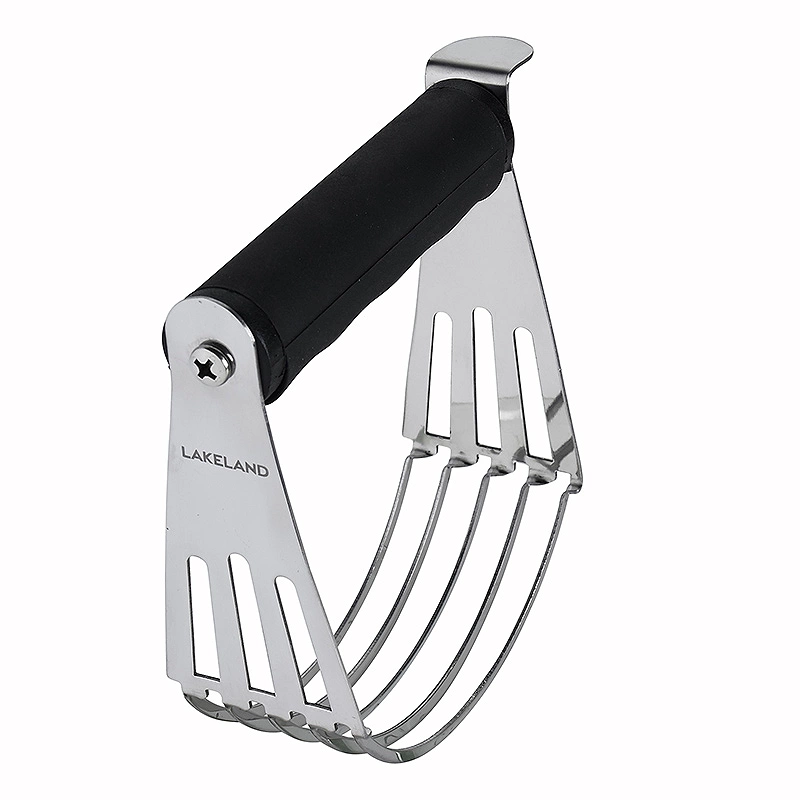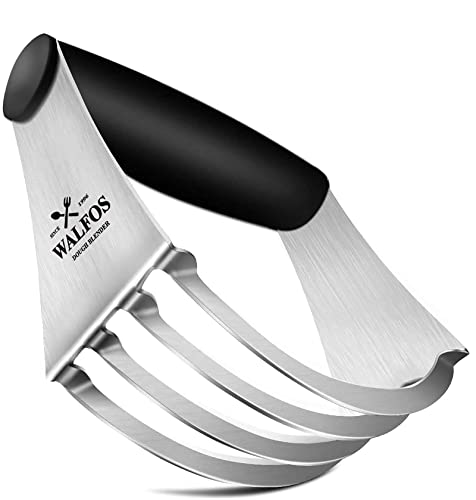You asked "what is a pastry blender?" - I have the delicious details
This is how you choux off some skills
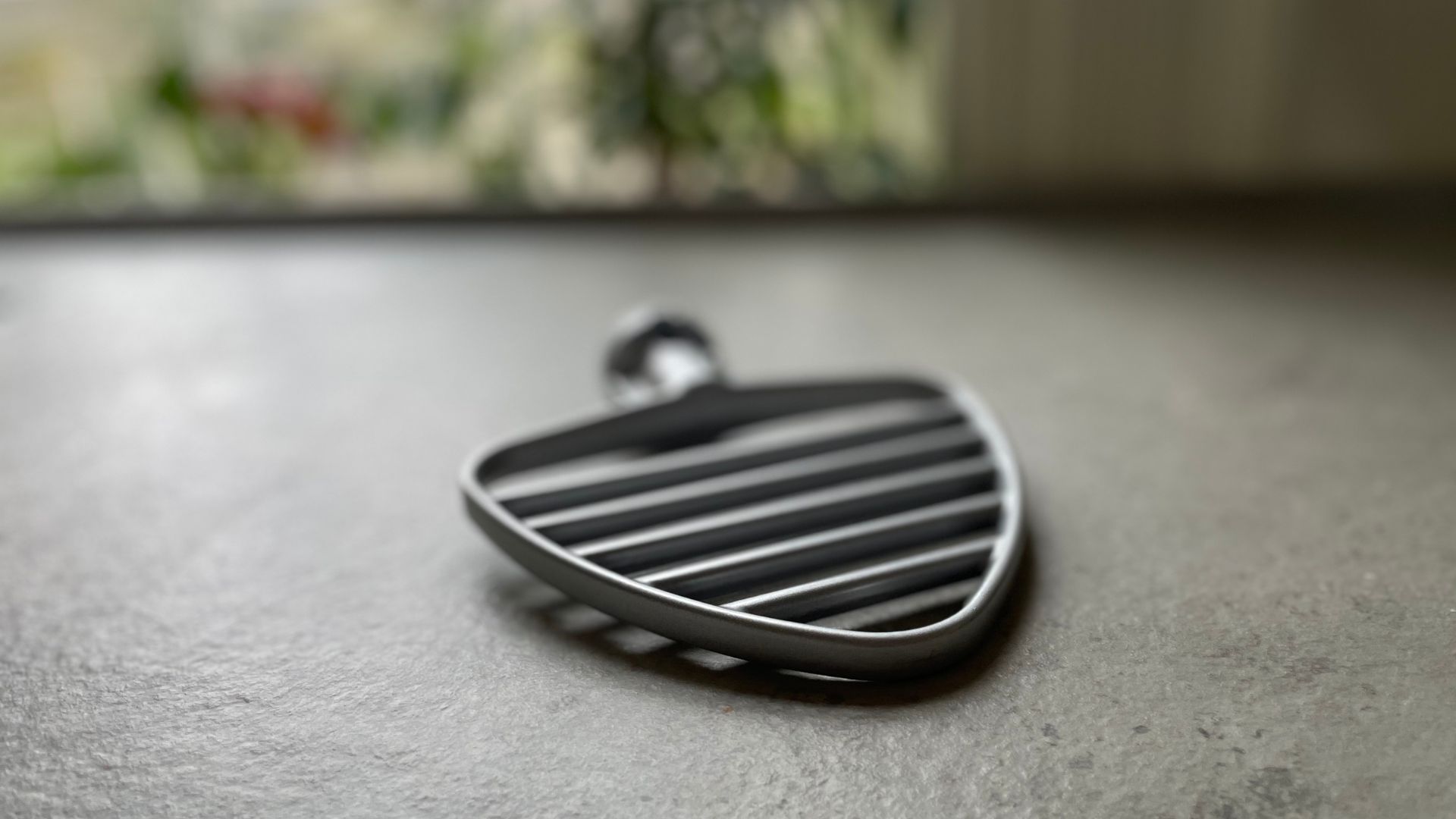

Pastry blenders, also known as pastry cutters, are the best kept secret in the culinary world. These simple accessories delivery perfectly crumbly, buttery pastry every time. And you won’t have to get your hands dirty using them either.
Two years ago, when I was researching the best stand mixers, the question “what is a pastry blender?” popped up in my research. I initially dismissed it, but in a relentless search for pastry perfection, people kept asking after this kitchen accessory. So I relented and bought the pastry blender attachment for my stand mixer.
If you want to cut straight to it, a pastry blender is pretty straightforward. As the name suggests, it’s a tool that you can use to make pastry. Rather than using your hands to rub fat into flour (running the risk of melting the butter with your body heat), you use the metal wires of a pastry blender.
It’s a uniquely elegant solution for any aspiring bakers and patissiers. The uses don’t stop there either: I use mine to mash potatoes and shred meats too. So, if you’re thinking of investing in one of these, here’s the bake down of all you need to know.
What is a pastry blender?
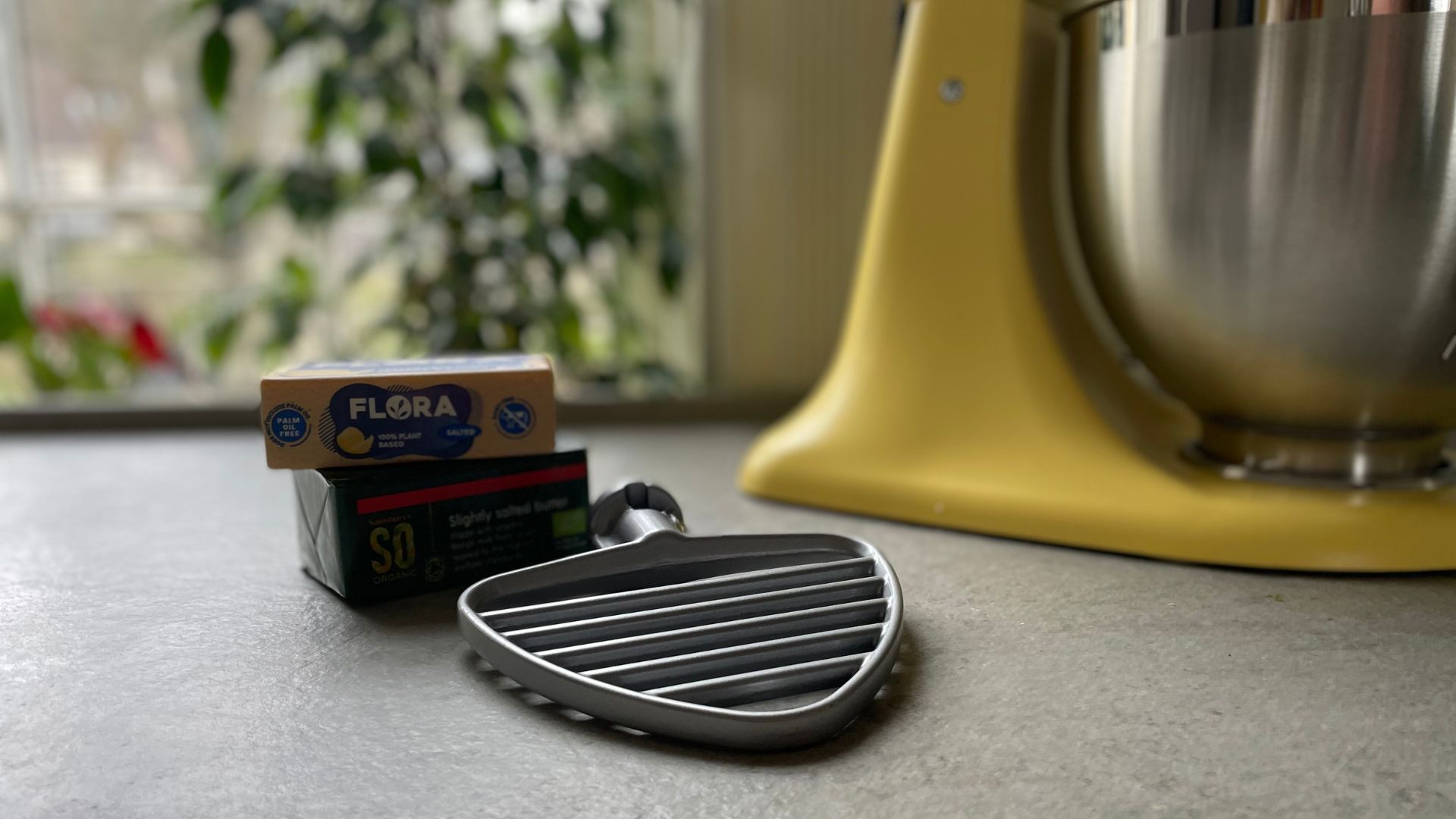
A pastry blender, which you’ll also see called a pastry cutter, is used to cut fats into flour. It normally looks like U-shapes of wire attached to a handle, but you’ll also see these sold as accessories that you can clip onto stand mixers and food processors.
The thinking behind them is that you can ‘rub’ butter into flour without the warmth of your hands melting the butter. This means that your pastry will taste more buttery, and crumbly, and it’ll melt in the mouth as if it was made by French patissiers themselves. It’s meticulous, consistent, and really thorough. Now that I have one, I don’t know what I’d do without it.
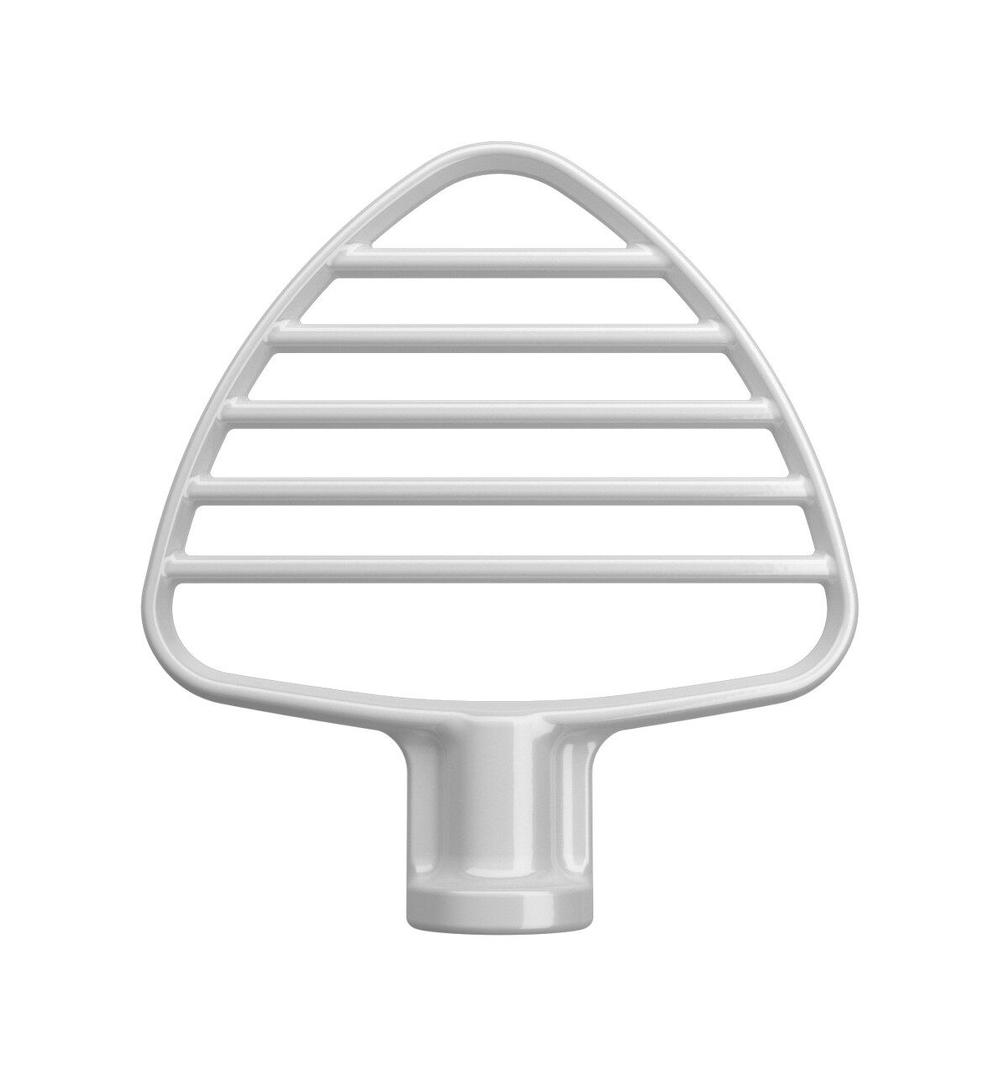
If you have a stand mixer, this is a must-have. It's minimal effort with maximal reward. I wouldn't be without mine.
How do I use a pastry blender?
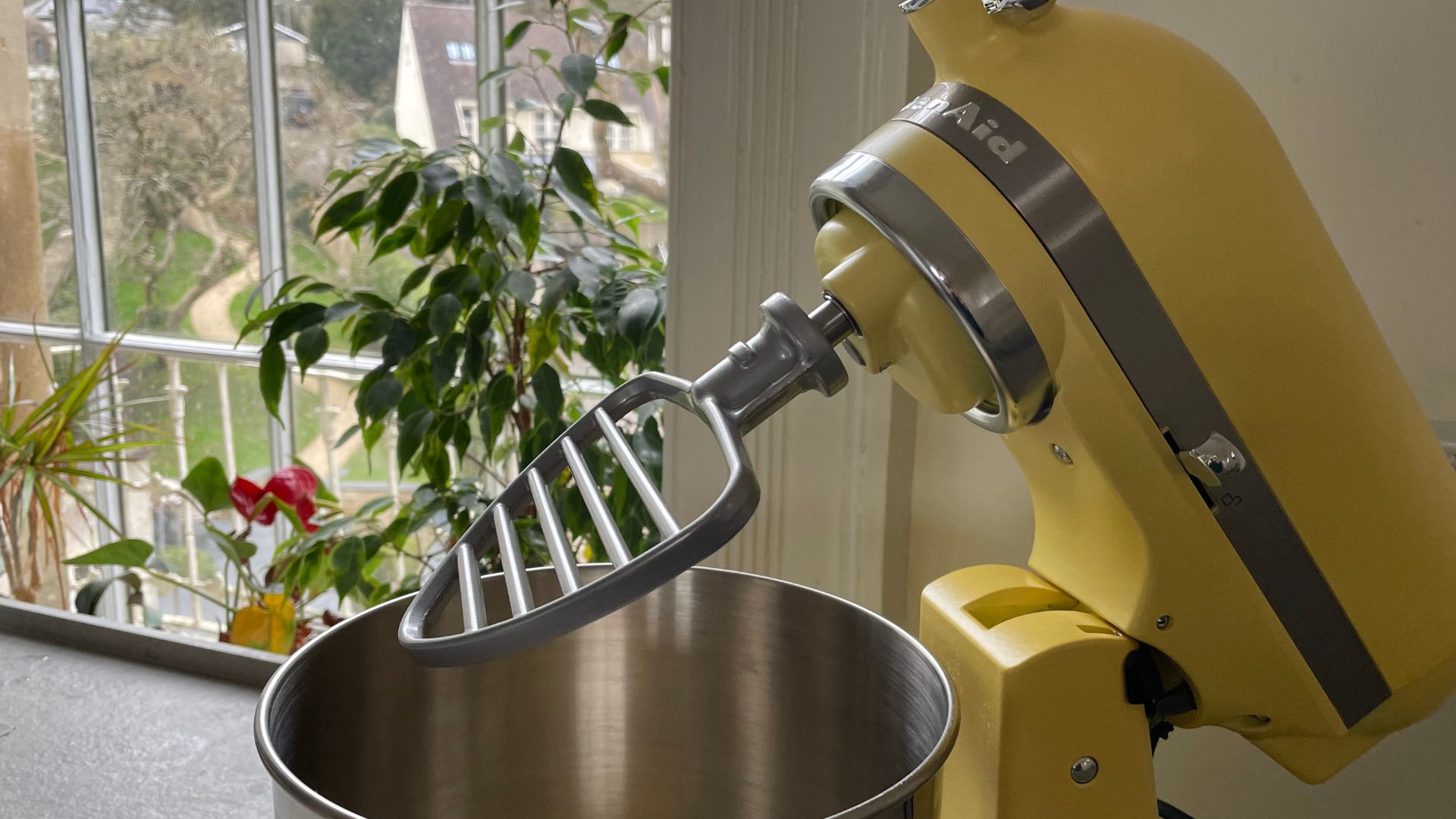
The beauty of pastry blenders lies in their simplicity. Start with your cold butter or fat — always make sure it’s cold otherwise you’ll get leathery pastry. Cut your butter or fat into inch-sized cubes. Drop these into your flour and then roll the pastry blender in a rocking motion along the U-shape. Experts always recommend a pushing and churning action to maximise all parts of the wire. Keep going until you’re happy with how your dough looks.
Sign up for the woman&home newsletter
Sign up to our free daily email for the latest royal and entertainment news, interesting opinion, expert advice on styling and beauty trends, and no-nonsense guides to the health and wellness questions you want answered.
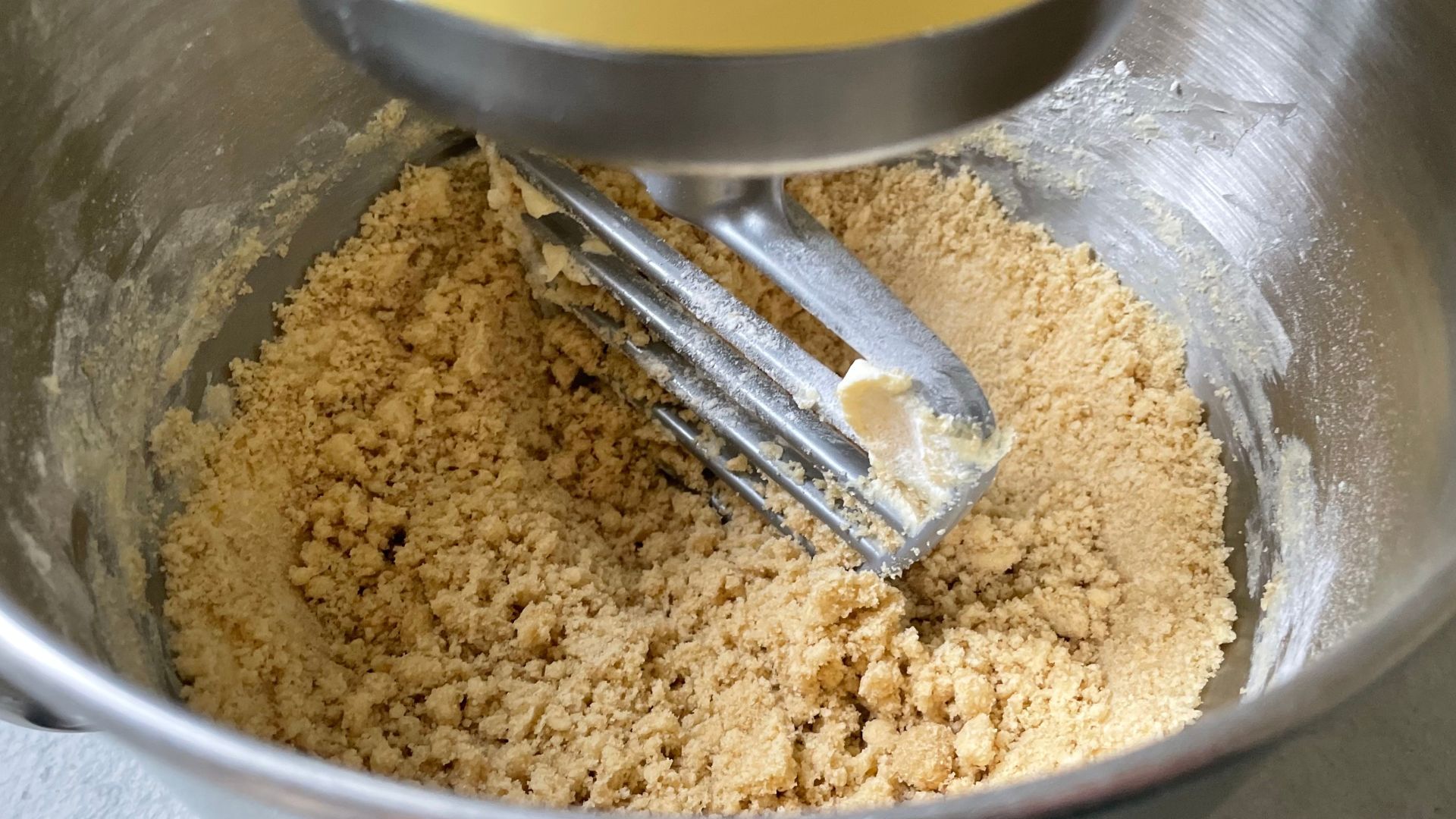
If you’re using a stand mixer or food processor attachment, things get even easier. The same applies to keeping your butter cold and cutting it into cubes, but you can turn on the mixer and let it do the work. I have a stand mixer, so this is the method that I live by. However, when you’re using a machine you can still overheat and overwork your dough, so keep a careful eye on it.
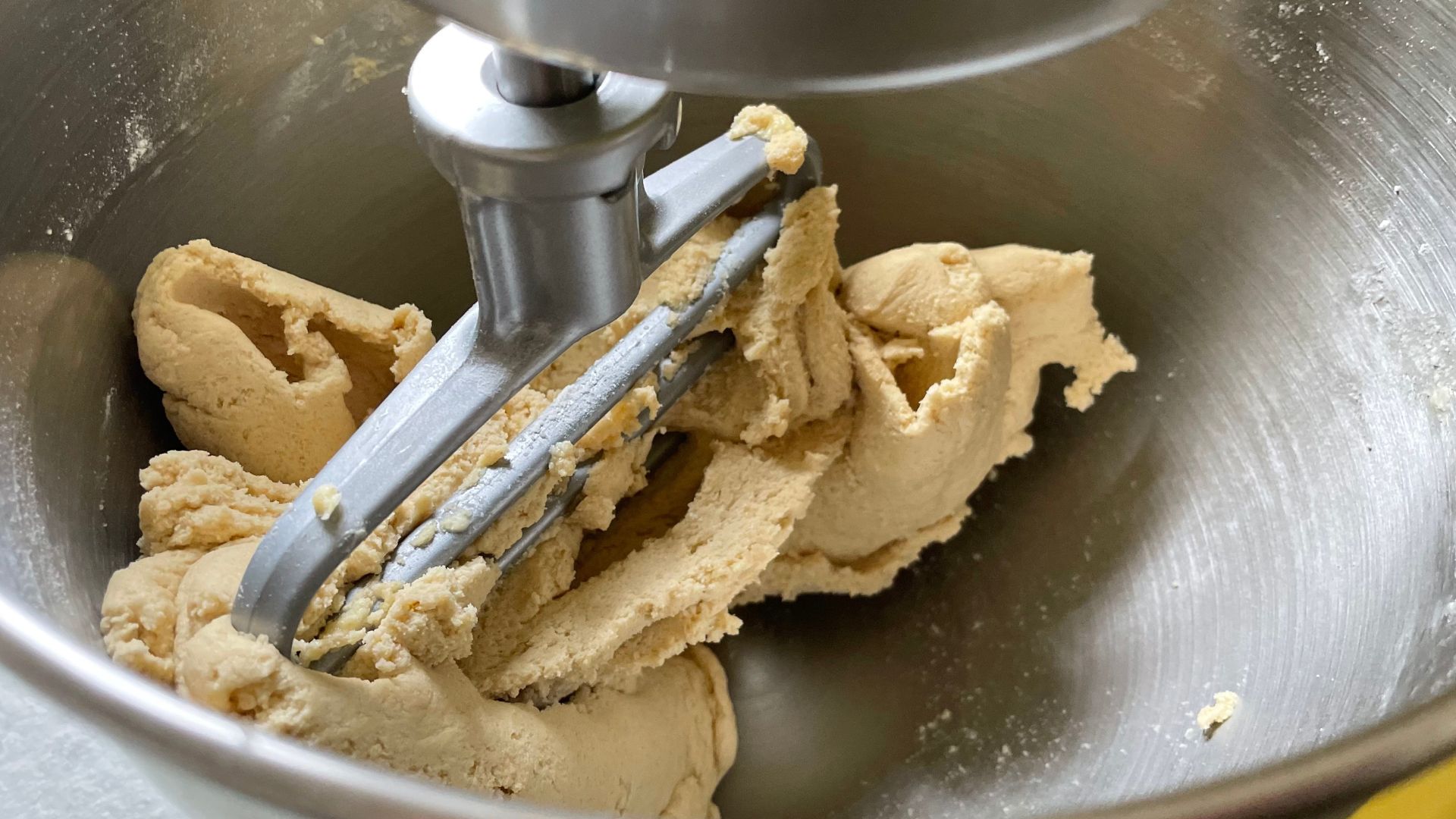
The uses of your pastry cutter don't stop with your baked goods. I use mine to mash potatoes, avocados, apple, and shred meats too. It's surprisingly versatile.
What are the alternatives to a pastry blender?
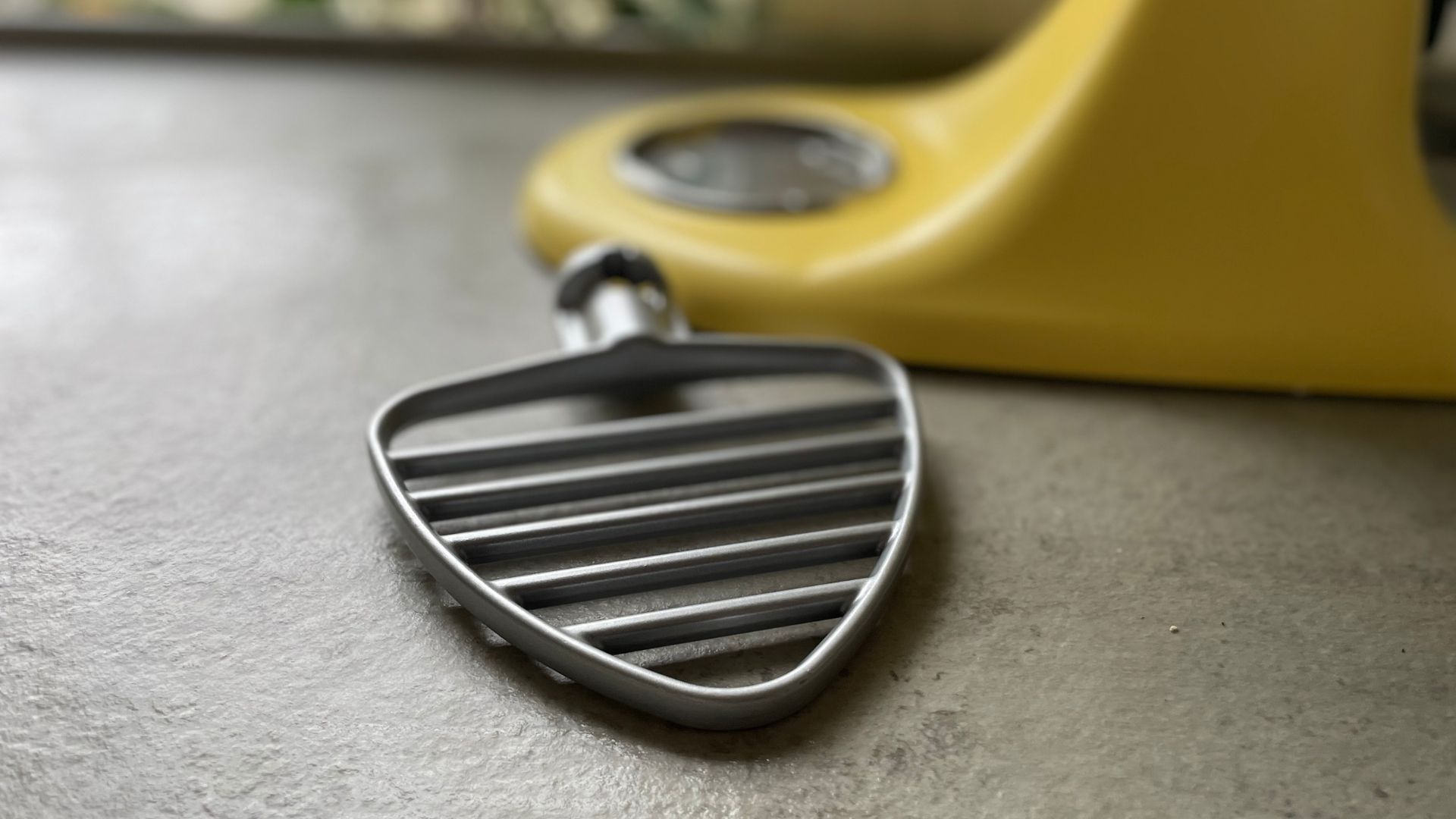
Pastry blenders do their job better than anything else. However, if yours breaks or you want to give it a trial, there are some ways that you can recreate the pastry cutter effect. One of the best-known is using a fork or a knife. For a long time, I thought this was the only way to make pastry, because it’s how my grandma taught me to do it. I might be biased, but her pastry really took the biscuit. I still dream about her Eccles cakes.
If you're happy to stick with simple kitchen utensils, all you need to do is push cold cubes of butter through the prongs of your fork, which is a micro emulation of what your pastry cutter will do. It’s not as elegant or effective, but it keeps a large part of the heat off the fat, which can be really helpful for getting the flaky pastry effect.
There are, of course, more alternatives. you could use a tower grater to create flakes of butter that simply toss into the flour. I love this method because you can get your butter extra cold, even frozen, but when you eventually need to pull everything together, you will have your hands involved, so the pastry will warm up.
There’s one final, very obvious option that you could use as an alternative to a pastry blender. If you didn’t read my oh-so-subtle italics, the answer is a blender. Place your cubed butter into flour in your blender and pulse it. Again, you’ll want to be careful not to overdo the blending, because this will warm up and melt your butter, but it’s still a reasonable alternative. If you need a little inspiration, these are the best blenders and food processors that I've tested and made some delicious pastry in too.
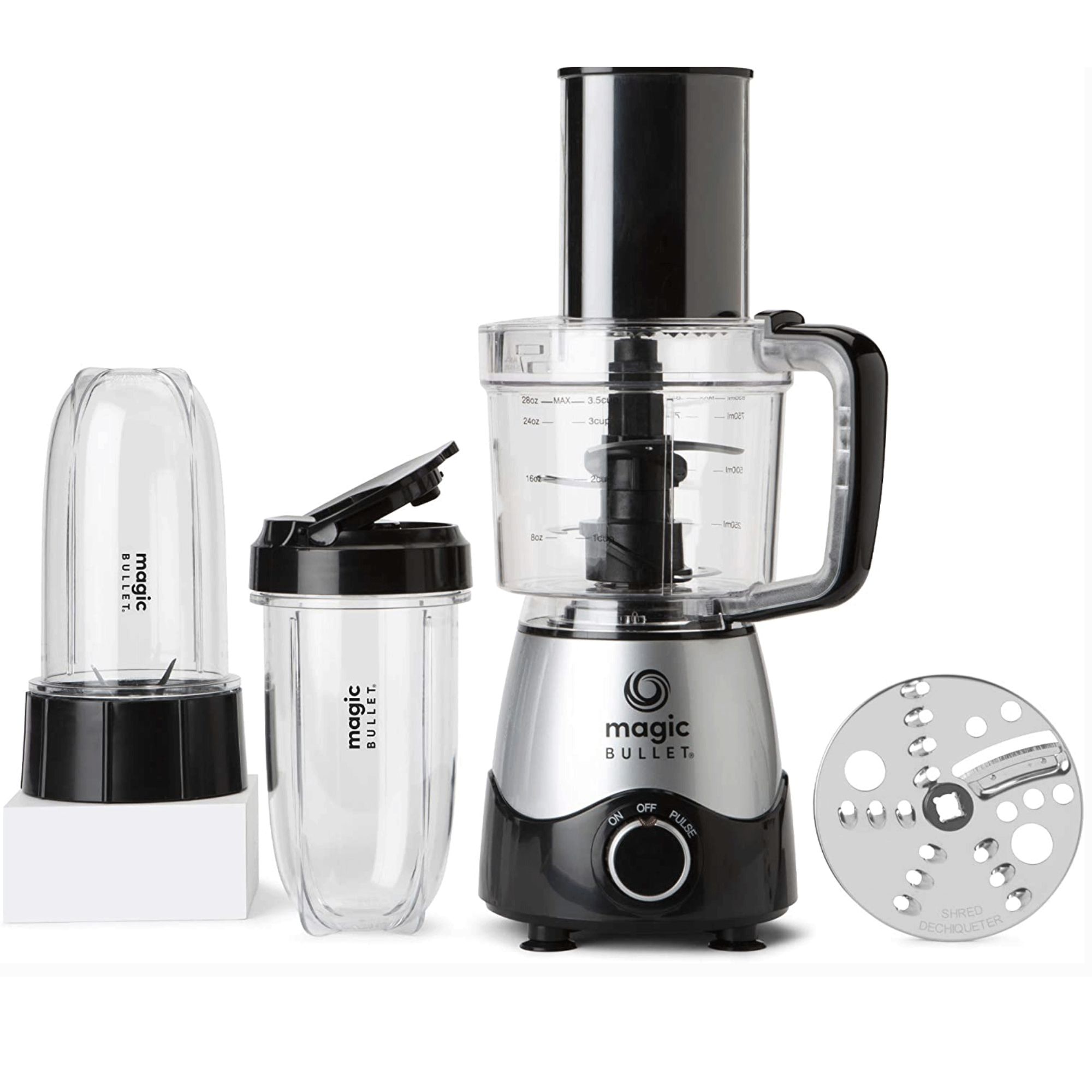
If you want to make a small batch of pastry, this is perfect. I live in a small flat and don't resent the size of this. It's handy for chopping, grating and slicing too.
You can find out more in my full review of the Magic Bullet Kitchen Express.
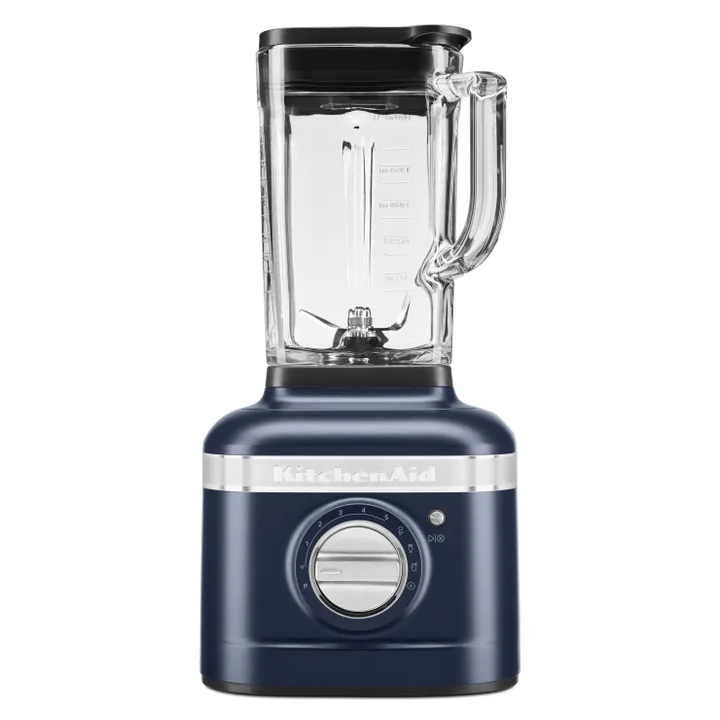
When looking for style, you can't beat the KitchenAid. It has a wide base, which is helpful for whipping up pastry and makes a mean smoothie too.
You can find out more in our full KitchenAid Artisan K400 blender review
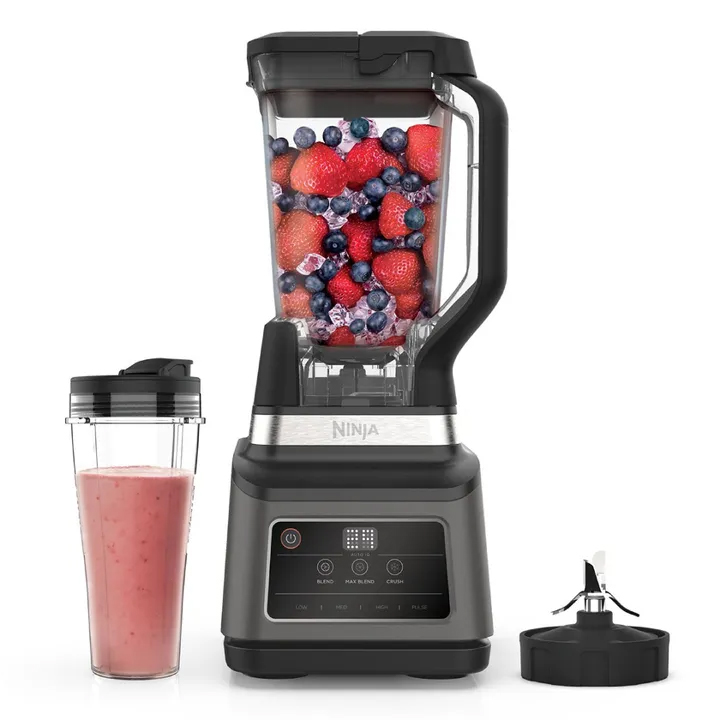
If you buy this blender to help you make pastry, but you should also know that it covers many many more functions. It will make piping hot soup, ice cream, sauces, and more.
You can find out more in my full review of the Ninja Foodi Hot + Cold Blender.
FAQs
What is a pastry blender?
Are there any good alternatives to a pastry blender?
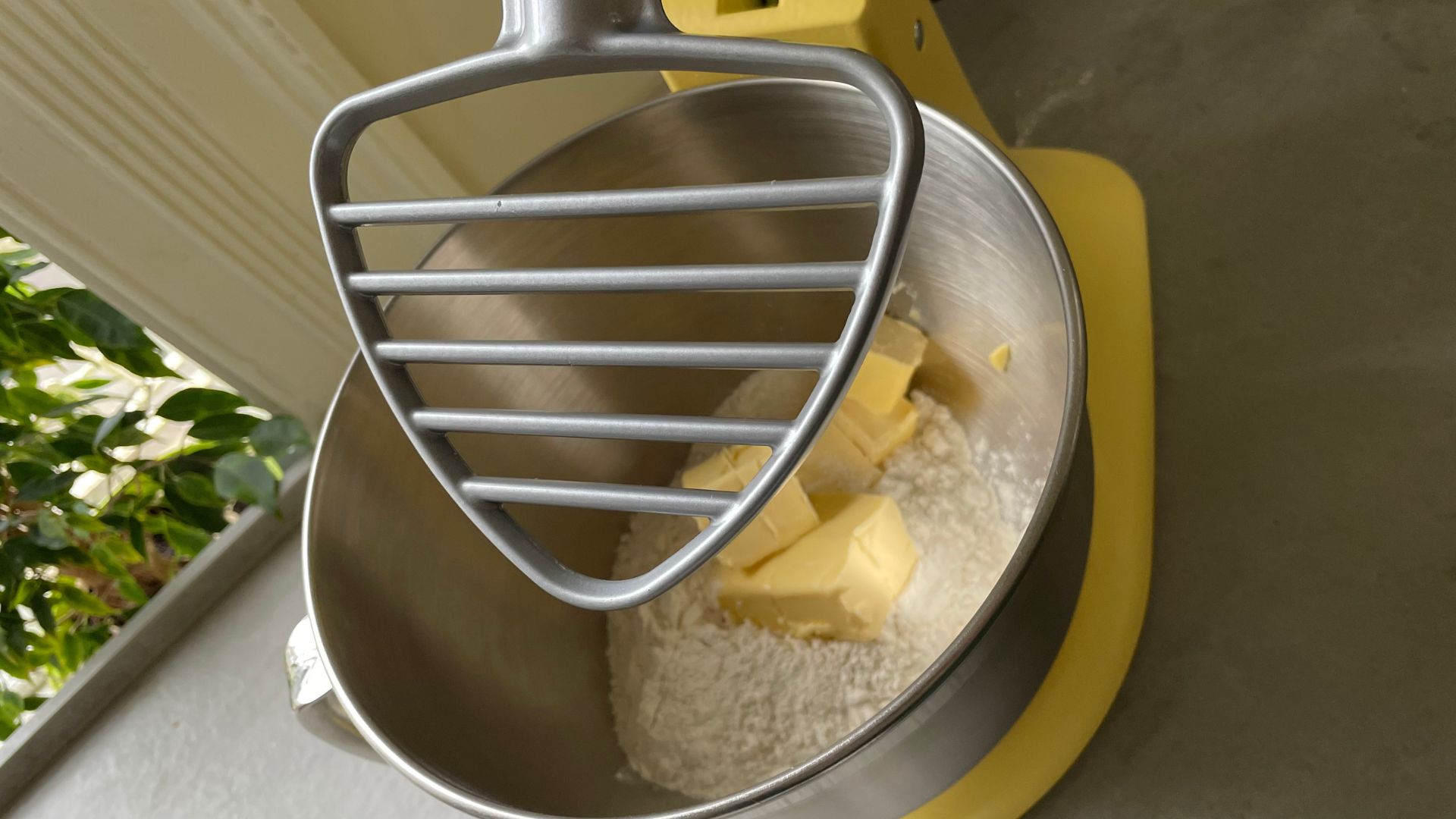
I can still remember when I was the person asking the question “what is a pastry cutter?” And I am very happy to be on the other side. My attachment has been a godsend in terms of time and performance. And now I’m here to spread the word.

Laura is woman&home's eCommerce editor, in charge of testing, reviewing and creating buying guides for the Homes section, so you'll usually see her testing everything from the best dehumidifiers to sizing up the latest Le Cruset pot. Previously, she was eCommerce editor at Homes & Gardens magazine, where she specialised in covering coffee and product content, looking for pieces tailored for timelessness. The secret to her heart is both simplicity and quality. She is also a qualified Master Perfumer and holds an English degree from Oxford University. Her first editorial job was as Fashion writer for The White Company.
-
 Sarah Jessica Parker's diamante bag is giving her iconic Fendi Baguette a run for its money - and it costs far less
Sarah Jessica Parker's diamante bag is giving her iconic Fendi Baguette a run for its money - and it costs far lessA crystal-covered accessory is a surefire way to add some wow-factor to your outfit
By Matilda Stanley
-
 We've found the two styling tools behind Cat Deeley's effortless television-ready curled hair
We've found the two styling tools behind Cat Deeley's effortless television-ready curled hairUnlocking a blow dry that's full of body and bounce, these results are set to give anyone hair envy
By Sennen Prickett
